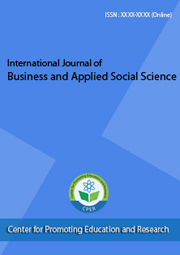current
Table of Contents
Articles
Author(s): Glykeria Stamatopoulou; Dimitrios Parsanoglou; Maria Symeonaki1*
Abstract:
In the present paper, the composite indicator of early employment security introduced in Symeonaki et al. (2022) is used to measure and monitor early employment security in Greece. The composite indicator is estimated for the year 2018 using raw data drawn from the European Union Labour Force Survey (EU-LFS) and is compared with its values for the years 2008 and 2016 which mark the beginning and the end of the economic crisis given in Symeonaki et al. (2022). More specifically, ten indicators are estimated to refer to three different domains capturing the entire procedure of the school-to-work transition of a young individual. The domains refer to the conditions that young individuals might face when entering the labor market, i.e., the labor market conditions, the quality of jobs that are accessible to them, and the transition smoothness when transferring from education and/or training to the labor market. The composite indicator synopsizes the many facets of school-to-work transition and reveals a very slight improvement for the year 2018 when compared to the year 2016. Nonetheless, the value of the early employment security indicator a decade after the economic crisis is still behind its value in 2008, implying that the country had not fully recovered in 2018 about early job insecurity.






